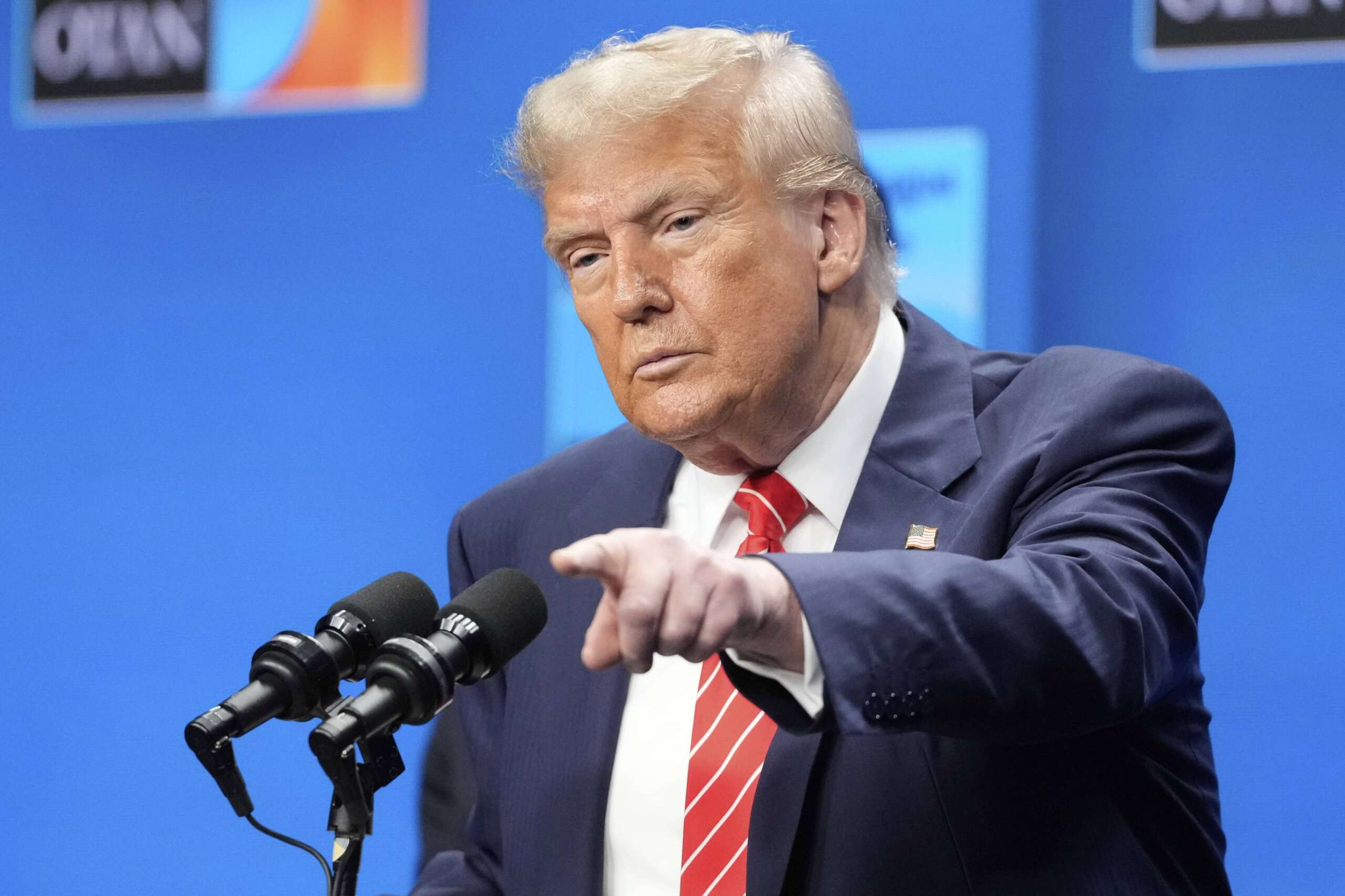Trump’s probationary period reforms cemented in OPM final rule
With OPM’s final rule, agencies can decide fire feds in their probationary period based broadly on agency needs, interests and “organizational goals.”
Agencies officially have more leeway to fire federal employees in their probationary period, according to a new final rule from the Office of Personnel Management.
The Trump administration’s adjustments to probationary periods mean newly hired federal employees, as well as those who recently started a new position, can be terminated based on broader reasons than the previous limitations set only to performance or conduct.
OPM’s final rule on Tuesday came without a notice or public comment period. The agency said the rule “merely effectuates” changes President Donald Trump made in April, ordering agencies to reform the regulations around federal probationary periods. The final rule also comes after OPM issued guidance outlining more detailed expectations for agencies to comply with the changes to probationary periods.
OPM said Trump’s executive order “underscores the expectation of a high-performing federal workforce and affirms the principle that continued employment in the federal service must advance the interests of the federal government and the American people.”
Under the final rule, OPM said agencies should decide whether to keep probationary employees based broadly on the needs and interests of the agency, whether a fed’s employment would advance the organizational goals of an agency, and whether it would advance the “efficiency of the service” — on top of considering both performance and conduct.
Agencies also no longer have to give a reason why a probationary employee is being terminated — the only requirement is to provide a date effective, which can be as soon as “immediately,” according to OPM’s guidance.
The Trump administration argued in the final rule that the President has a “longstanding authority” to create new civil service rules for the federal workforce. Trump’s changes to probationary employees are considered “Civil Service Rule XI,” adding onto the 10 existing rules in federal regulations.
The Trump administration’s changes come as agencies face multiple legal battles after firing tens of thousands of probationary employees based on “performance.” Preliminary injunctions on the firings of those employees earlier this year have since been blocked, but the litigation remains ongoing. Employees at some agencies have been reinstated, while others have been re-fired.
OPM’s final rule is not the first time an administration has attempted to make reforms to federal probationary periods. In December 2023, the Biden administration’s OPM published a list of recommendations for agencies to consider when managing employees within their probationary periods.
The recommendations included quickly addressing any problems that arise during a probationary period, clearly communicating the expectations of a role to a new hire, and regularly providing feedback to employees. OPM rescinded those recommendations in April, in response to Trump’s executive order on probationary periods.
In its new final rule, OPM told agencies to conduct mid-term and final reviews of probationary employees before allowing them to move out of the probationary period. And near the end of the probationary period, agencies must affirmatively certify that probationary employees should continue in their new jobs, rather than earning tenure “by default,” OPM wrote.
Organizations such as the Partnership for Public Service have advocated for reforms to probationary periods for years. At least one of the Partnership’s long-time recommendations — to have an affirmative certification process for probationary employees to continue in their jobs — aligns with the changes the Trump administration has required for agencies.
But the Trump administration’s heavier focus on terminations of probationary employees runs counter to the core purpose of a probationary period, said Jenny Mattingley, the Partnership’s vice president for government affairs.
“The probationary period isn’t about removing employees — it’s about ensuring that you have the best, most qualified talent. And that’s a hiring practice, not a removal practice,” Mattingley said in an interview. “I don’t think most people question whether you should be able to remove somebody easily during probationary period — that is the whole point of it. The bigger question is, why are you removing them?”
Another aspect of federal probationary period reforms Mattingley said should get more attention is the importance of better training and development for managers and supervisors to be able to effectively manage their workforce and make the right decisions about the skills they need.
“Have we set up managers to make those determinations in the best way possible? Have we set up employees who are in a probationary period to succeed? What is the bar to make sure we’re not removing people just because there’s some broad push to shrink workforce numbers?” Mattingley said. “Until we start helping managers really manage their workforce and have those skills, these changes to the probationary period may not be applied in the ways they hope to see.”
If you would like to contact this reporter about recent changes in the federal government, please email drew.friedman@federalnewsnetwork.com or reach out on Signal at drewfriedman.11
Copyright
© 2025 Federal News Network. All rights reserved. This website is not intended for users located within the European Economic Area.

